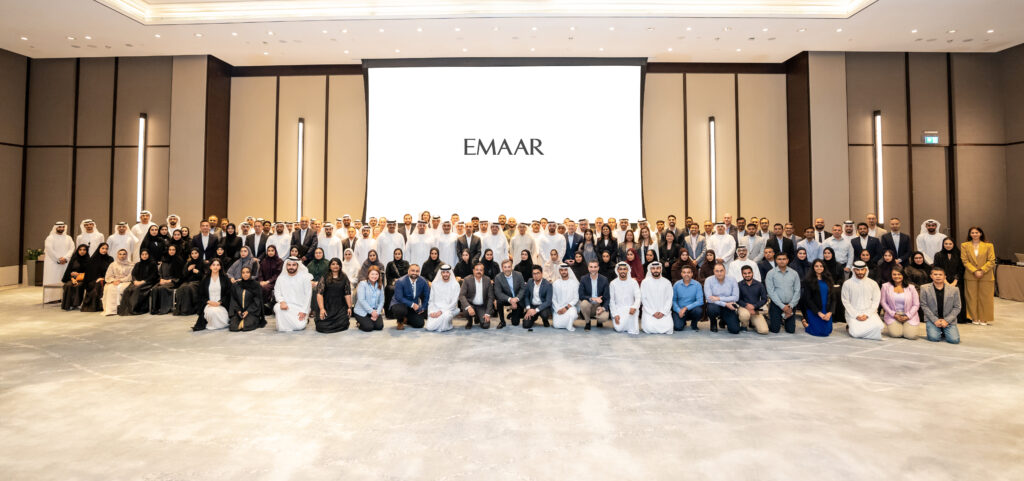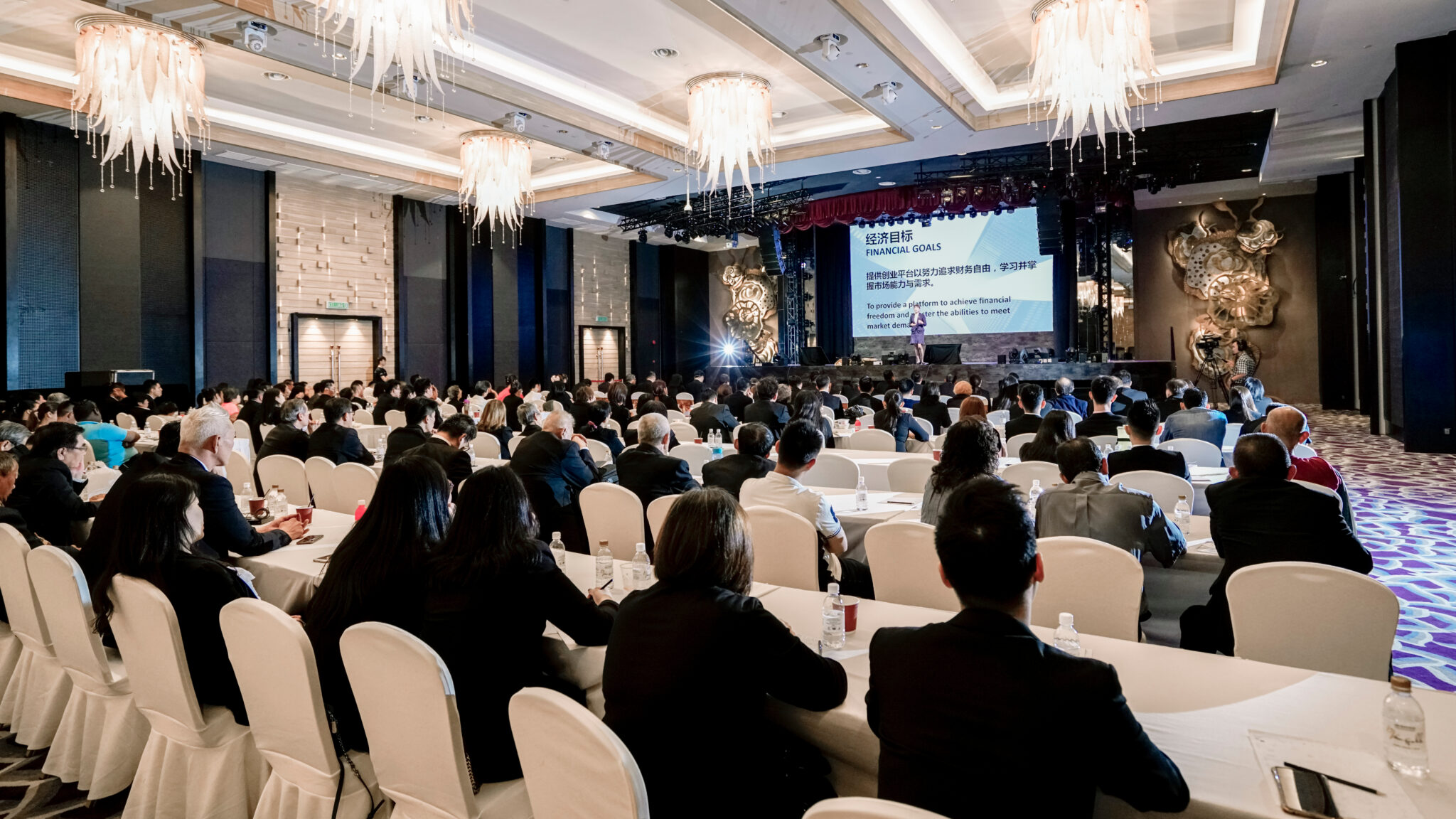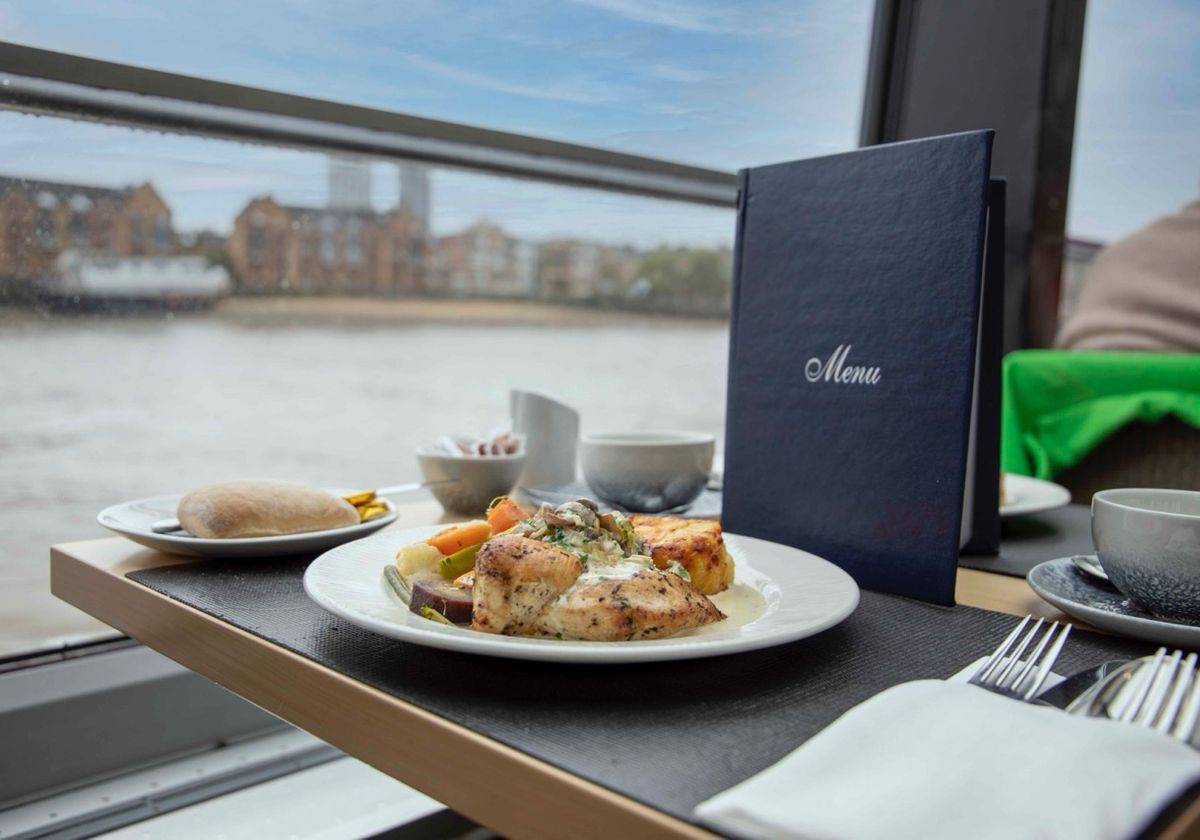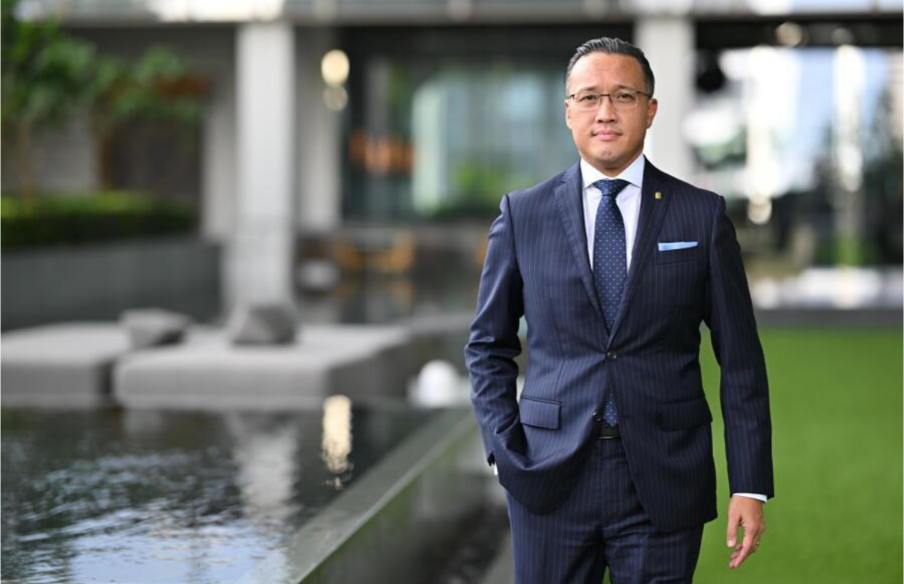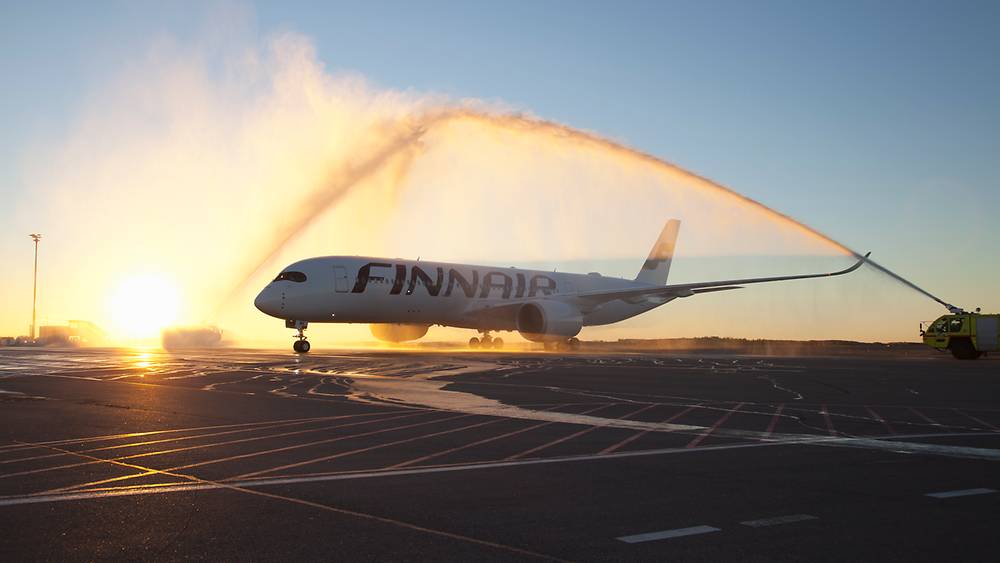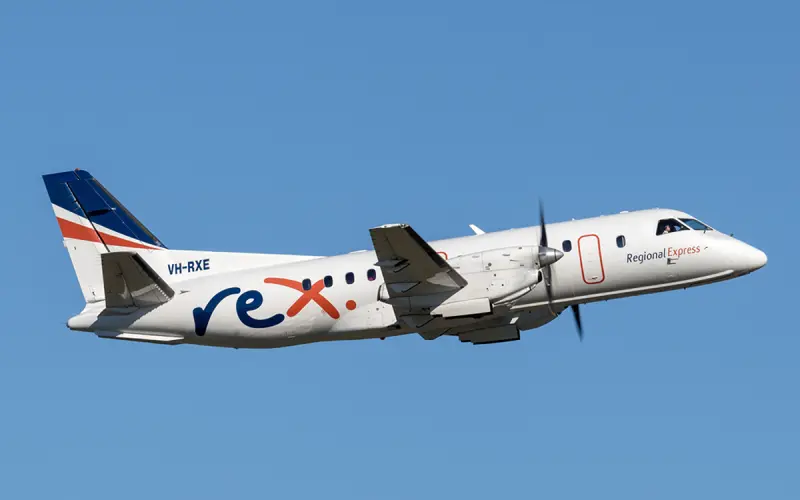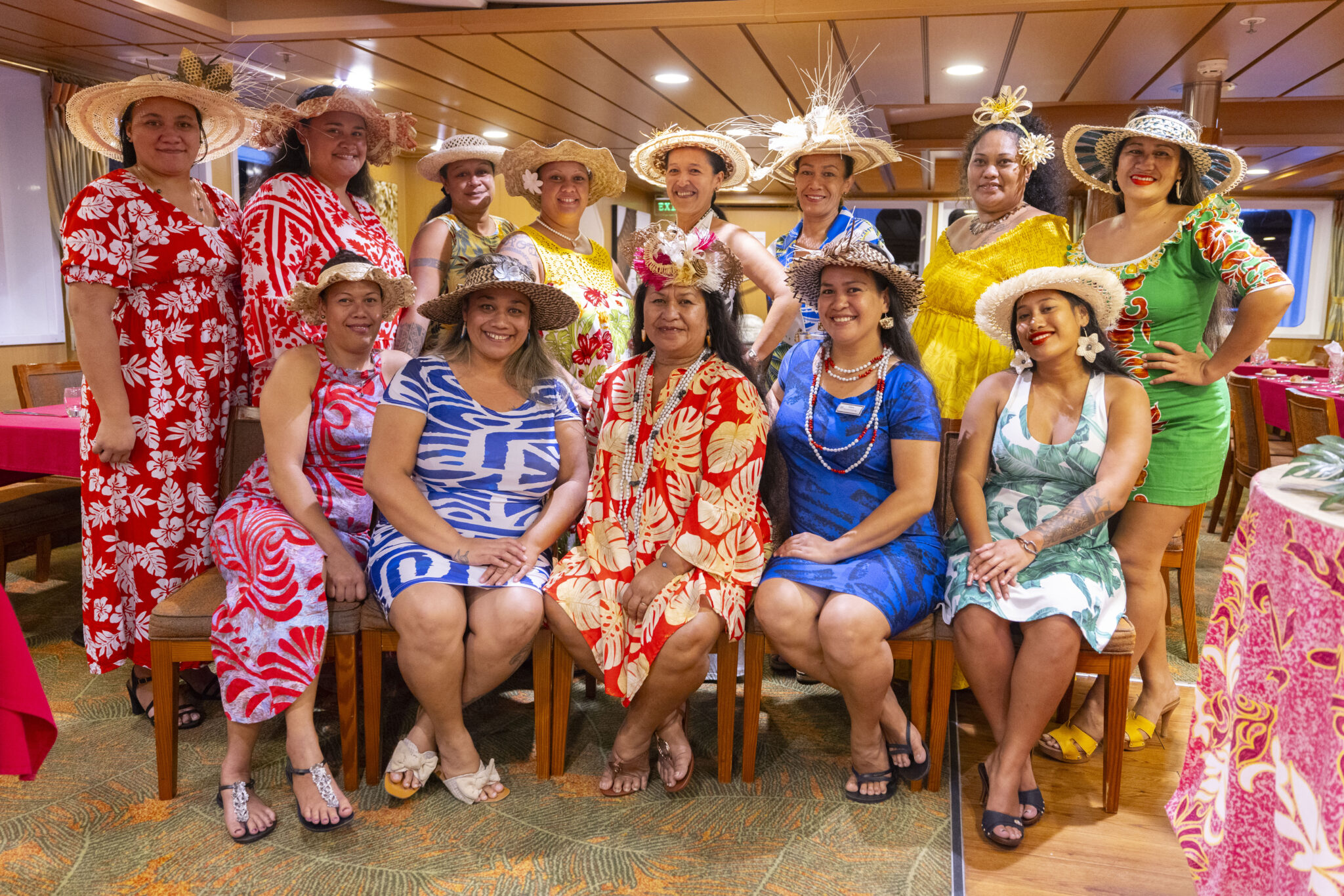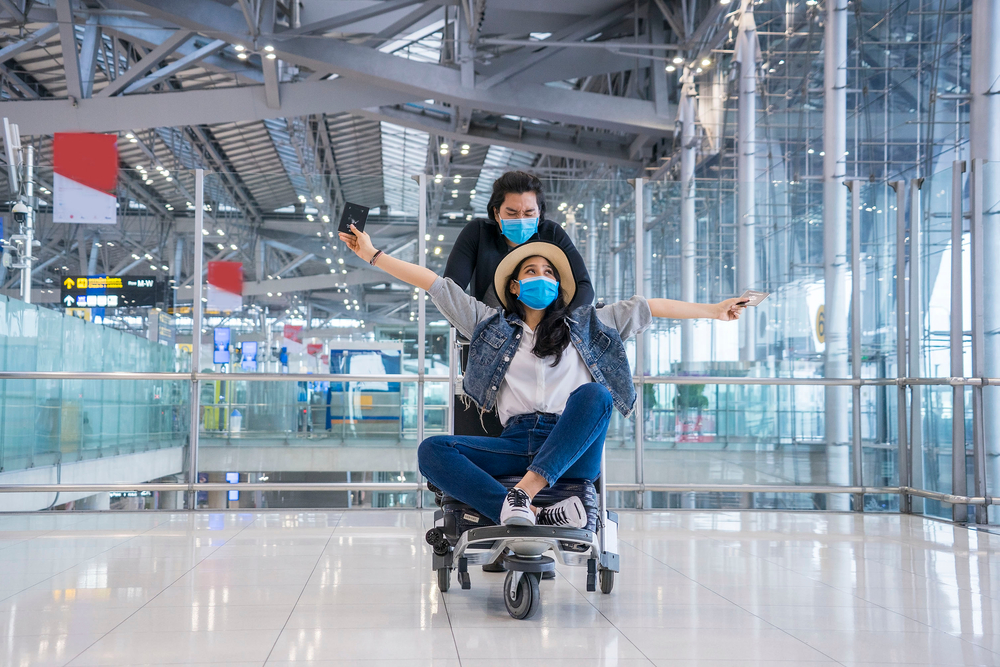Virgin Galactic has made history, becoming the first space liner to be certified by the US Federal Aviation Administration (FAA) to carry passengers on its spaceplanes. The adjustment of the operator’s license held by the company since 2016 comes as Virgin Galactic prepares for its last three test flights, including the first fully crewed test flight in the coming months.
Friday’s announcement comes on the heels of Virgin Galactic’s first powered test flight from its Spaceport America, New Mexico facility of its VSS Unity spaceplane on May 22, 2021, which was carried aloft by the VMS Eve mothership.
After being released, Unity fired its hybrid rocket engine, sending it on a suborbital trajectory at a speed of Mach 3 (1,985 knots, 2,284 mph, 3,675 km/h) to an altitude of 55.5 miles (89 km). This was the third Virgin Galactic flight to reach the edge of space and the first from New Mexico.
During the flight, engineers gathered data on the performance of the vehicle’s upgraded horizontal stabilizers and flight controls, as well as the cabin environment, to make sure they were working as predicted. The new flight systems give the pilot better control and will be incorporated in future Virgin Galactic spacecraft.
In addition to testing the flight systems, the May test included three paying research projects that were part of NASA’s Flight Opportunities Program. These microgravity experiments required the pilots to keep Unity on a predetermined trajectory.
“We’re incredibly pleased with the results of our most recent test flight, which achieved our stated flight test objectives,” Michael Colglazier, Chief Executive Officer of Virgin Galactic. “The flight performed flawlessly, and the results demonstrate the safety and elegance of our flight system. Today’s approval by the FAA of our full commercial launch license, in conjunction with the success of our May 22 test flight, gives us confidence as we proceed toward our first fully crewed test flight this summer.”



 share
share


















